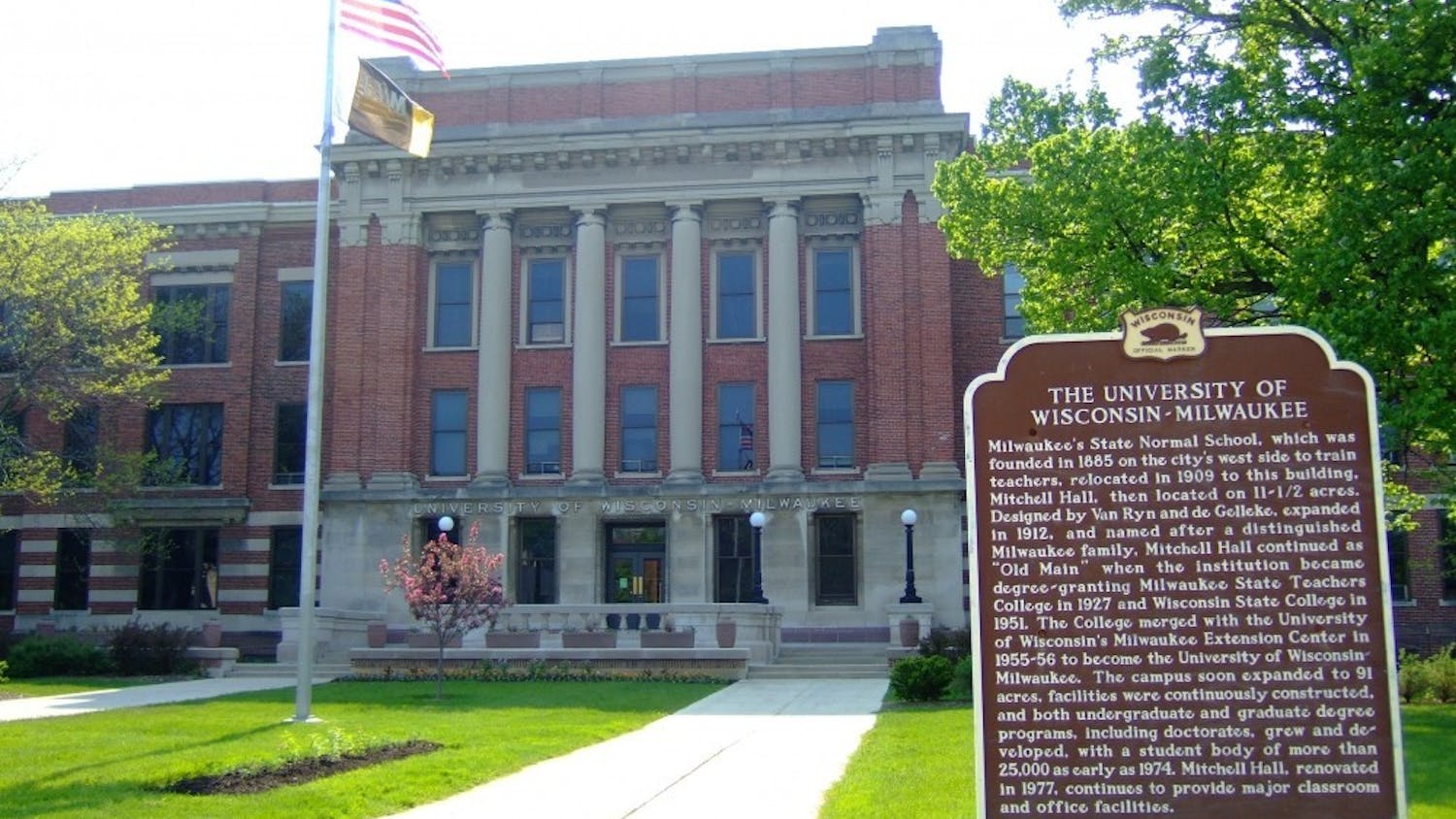SCIENCE
Incoming students may be familiar with the controversy surrounding two H5N1 influenza (‘bird flu’) research papers, including that from the laboratory of UW-Madison Professor Yoshihiro Kawaoka. Recently, Kawaoka joined other UW-Madison representatives for an open conversation with the campus community.
Entitled “Biomedical Research and National Security: Learning from the H5N1 Story,” the meeting took place May 31, at the Wisconsin Institutes for Discovery on campus.
The event included talks from each of three UW-Madison professors including Kawaoka, Associate Dean of Research Policy William Mellon and bioethicist Pilar Ossorio, followed by a Q&A session for interaction with attendees.
As a response to public concerns, the meeting addressed a wide range of biosafety and bioethics topics regarding the publishing of results from two different research groups: one at UW-Madison (under Kawaoka) and the other in the Netherlands (under Ron Fouchier). While the deadly H5N1 virus is not currently transmissible between humans, each research group demonstrated the ability of the virus to become transmissible in mammals by evolving H5N1 in ferrets.
Public controversy over the two research papers began late last year when the U.S. National Science Advisory Board on Bioethics (NSABB) decided that certain details of such “dual-use” research should not be published for fear that the information could be misused, causing a pandemic. As defined by the NSABB, dual-use “encompasses biological research with legitimate scientific purpose, the results of which may be misused to pose a biologic threat to public health and/or national security.”
However, the NSABB’s decision was revised in March favoring full publication of the results after a decision from the World Health Organization (WHO) indicated that the need for biosecurity information outweighed the risk of potential misuse. During the meeting on campus, the three speakers explained each of these decisions in terms of the more general implications and regulation of UW-Madison’s H5N1 research.
Kawaoka focused his discussion on clearing up misconceptions about the research process and the results. In response to claims that the research was unjustified, “under-the-radar” or without review, both Kawaoka and Ossorio cited calls from the National Institutes of Health (NIH) and the WHO in the last decade for research investigating mammalian transmissibility and the pandemic potential of H5N1 viruses. Furthermore, Kawaoka pointed out that prior approval from the NIH was necessary for the research to receive funding.
With accompanying photographs, Kawaoka demonstrated that his laboratory followed the standards of Biosafety Level 3-Agriculture (BSL3-Ag), an elevated form of BSL3 with only slight modifications from the highest level of BSL4: All materials and air entering/exiting the airtight lab space undergo decontamination, researchers shower with disinfecting detergents and the building is under strict security away from campus with regular patrol by police.
All three speakers addressed the reasons for various decisions from the NSABB and WHO regarding publication. Kawaoka pointed out that the NSABB changed their verdict after Dr. Fouchier clarified some misunderstood results from his group’s research and after hearing U.S. intelligence assessments of the probability of misuse.
Following the NSABB’s change in decision, the paper from Kawaoka’s laboratory was published in Nature (available now online) with additional content regarding the research process. He emphasized that this was important for ensuring full dissemination of information that should be used to develop vaccines and antiviral therapies to increase global biosecurity.
“We did not change any scientific content,” Kawaoka said. “We added explanations of the benefits of research and a description of biosafety and biosecurity.”
Dr. Mellon’s presentation further discussed the regulatory process for dual-use science and other research of biosecurity concern, focusing both on measures taken within UW-Madison and at the federal level for this latest H5N1 research.
“Both the Federal Bureau of Investigation and, locally, the UW police have worked with us very closely in a partnership to help us with our biosecurity issues,” Mellon said. “We’re conducting well thought-out research using the strictest conditions of biosafety and biosecurity in first-rate facilities.”
In the Q&A session, one attendee asked why the U.S. government had such a primary role in making decisions for publication when H5N1 is a global concern that, so far, has primarily affected other countries. In response, Kawaoka pointed out that “the NSABB is the only committee of its kind,” but that other countries are realizing that similar committees are necessary in looking toward the future of dual-use research.
Ossorio had a similar sentiment in her presentation, emphasizing that more needs to be done on a global scale.
“I think the entire biosecurity and dual-use discussion has pushed bioethics into important areas that we’ve been ignoring,” Ossorio said.
In a closing comment in response to an audience question regarding the role of UW-Madison in pursuing “risky” research into the future, Mellon praised local researchers:
“I think the reason why we’ve been leaders is because we’ve been open about how we do our research . . . and that’s why we’ve been successful, not just as an institution but as a country.”





